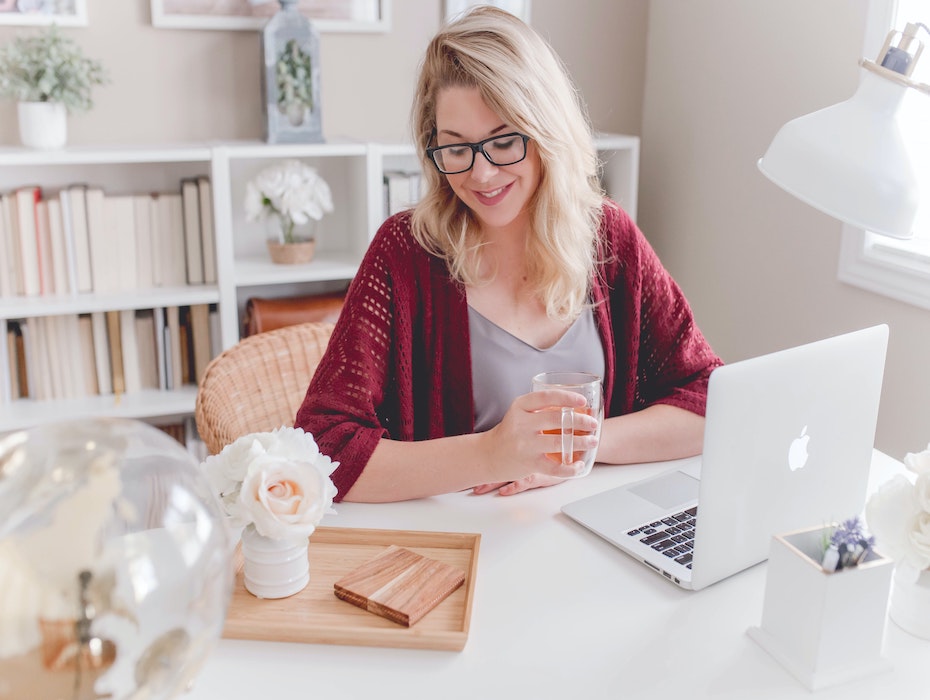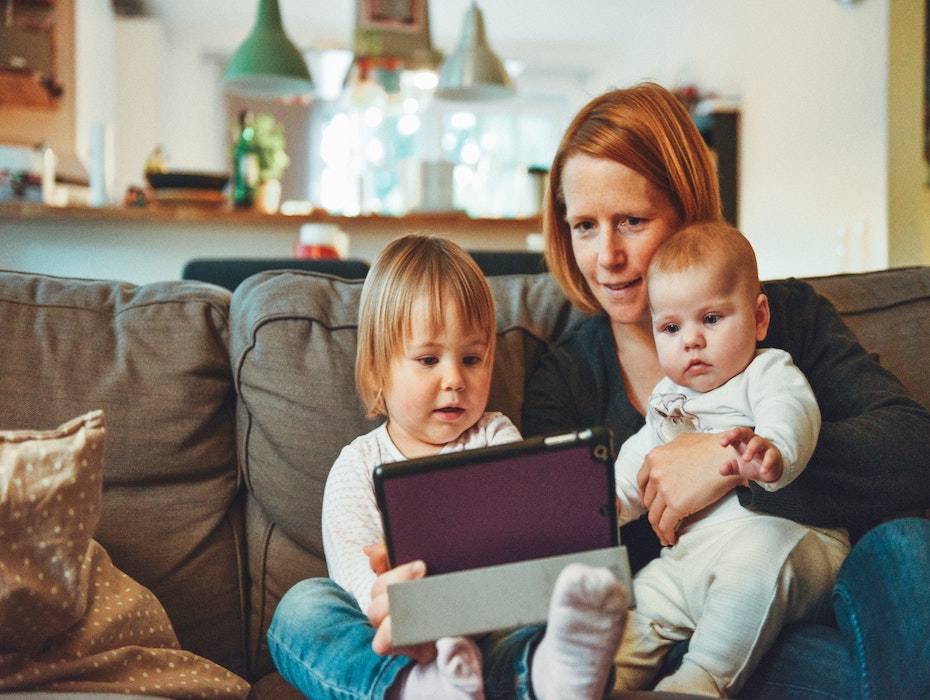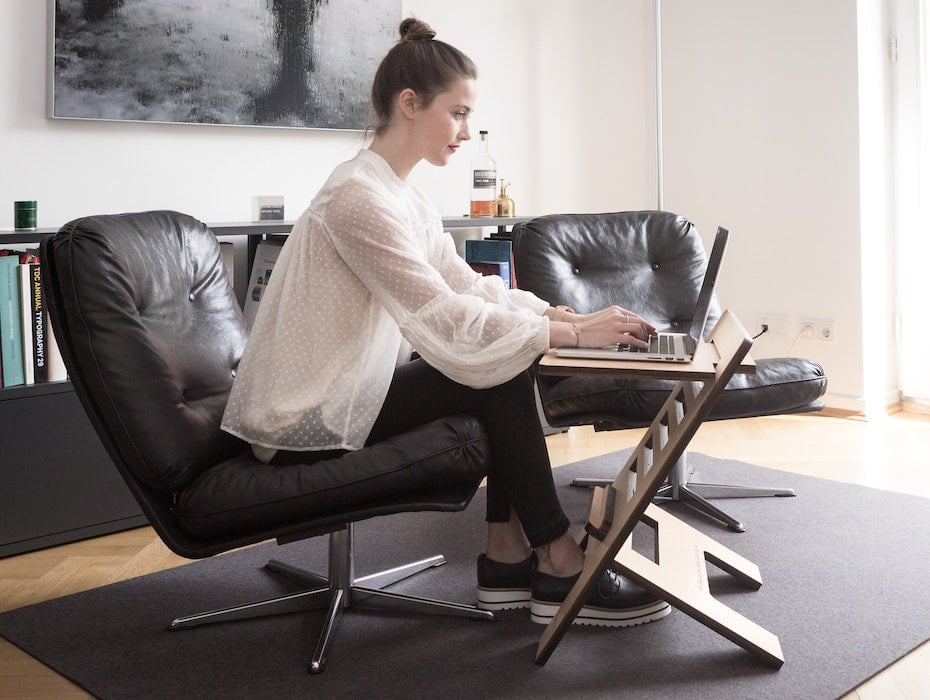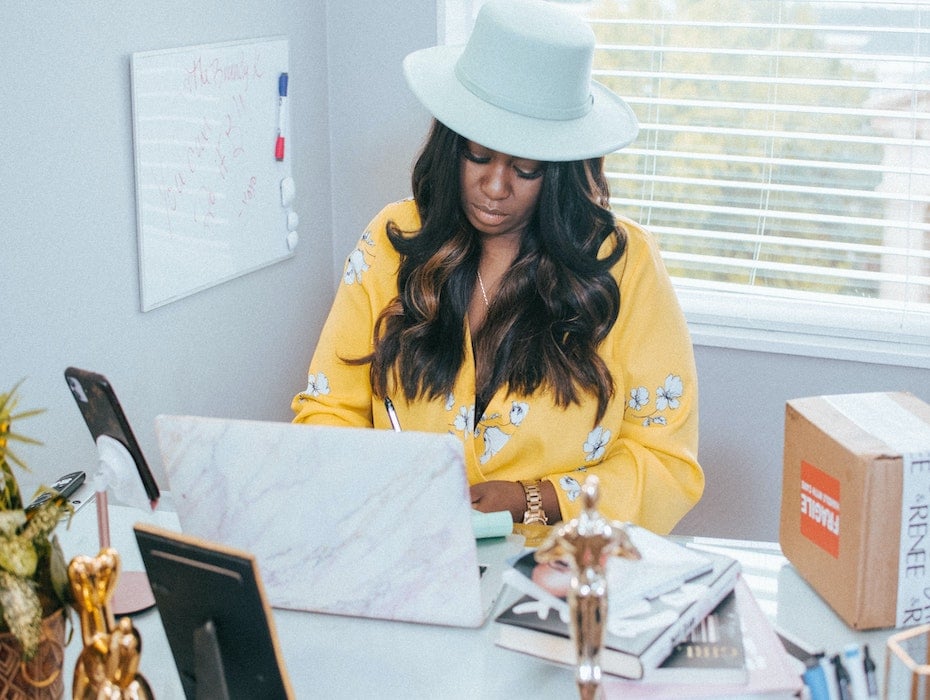One morning in 2019, 543 German college students craned over their exam papers in a Berlin exam hall. The test was varied. One section challenged their logic, another their math, a third their verbal reasoning.
Throughout the exam, a researcher standing at the front of the room periodically adjusted the dial to make the room hotter or colder. What he discovered was astonishing.
“As the temp went up, women did better on math and verbal tasks, and men did worse,” TY Chang, one of the experiment’s authors, told NPR. “And the increase for women in math and verbal tasks was much larger and more pronounced than the decrease in performance of men.”
In other words, the warmer the room, the better the women did on the tests overall. A two-degree temperature increase drove a two-percent improvement in math performance and a one-percent improvement in verbal performance among female participants.
But the point of Chang’s study wasn’t to find a “perfect” temperature for everyone. It was to show that “one size doesn’t fit all.” One person may excel in a toasty 91 degrees. Another may work best at a chilly 61.
“I think we should be more aware that environmental factors, like temperature, have a much bigger impact on your day-to-day lives than we generally give them credit for,” Chang said. “Our research says that even if as a business you only care about profit and productivity, you should take the comfort of your workers into account, as it will affect the bottom line.”
But the communal nature of office work means everyone endures the same temperature. That’s a real problem for women because most offices set their temperature using the metabolic rates of men.
On her podcast, former First Lady Michelle Obama revealed how women in President Barack Obama’s cabinet struggled with maintaining a comfortable climate.
“Barack was surrounded by women in his cabinet, many going through menopause and he could see it, he could see it in somebody because sweat would start pouring, and he’s like, ‘well what’s going on,’ you know? And it’s like ‘no, this is just how we live,” the former First Lady said.
But temperature is just the tip of the physical environment iceberg.
Consider new mothers. For years, workplaces have exiled breastfeeding or pumping women from the office.
“[I]imagine trying to find a spot to hook up a breast pump in a closet, or cramming expelled milk into a communal fridge,” wrote science journalist Jessica Leigh Hester in Bloomberg. It’s unwelcoming and uncomfortable.
Office design treats women as an afterthought, rather than an essential component. It’s been that way for years. But in the early days of the pandemic, everything changed.
Millions of Americans moved into work from home roles. Granted the autonomy to design their own workspace, women could tweak their physical workspace as they pleased. When they did so, they discovered just how tightly interwoven our environments and productivity are.
For women, a better normal
As the pandemic wore on and remote work became the norm, workers could pause and reflect on the changes. As they did so, the many benefits of working at home became apparent, especially for women.
Consider Melissa Regan, a sales enablement manager at RingCentral. In March 2020, Regan packed up her desk at RingCentral’s Denver office and headed home, not knowing when — or even if — she’d return to the office. Initially, working from home was a shock to the system. But slowly, she learned to thrive in the quiet of her own home.
“At the office, everyone else around you impacts your mental space,” she says. “When I’m working from home, I sit at a desk in a closed-off room. When I’m in there I’m focused on work, and that’s it. I have big plantation shutters that, when open, look right out at trees. The green of those trees and the chirping of the birds gives me a sense of calm and focus.”
That connection to the outside is something most employees crave. A Future Workplace survey found that workers rank access to natural light and views of the outdoors as the top workplace attribute. It even beat out workplace environment stalwarts like on-site cafeterias, fitness centers, and premium perks, including on-site childcare.
Remote working also offers respite from the disruptive open-plan offices. With fewer drive-by interruptions and less invasive noise, it’s easier for women to draw boundaries and have productive work time.
“When you have kids at home, it’s critical to have a dedicated space with a door that closes,” says Melanie King, senior director of public relations at Lendio. “This also provides a literal barrier between work and home.”
But even with a dedicated workspace, the reality of working from home means your home and professional lives blur. Your workspace is physically close to your personal space. For some, the two spaces may even overlap. While sharing rooms for working, cooking, and self-care is stressful for some, others find it liberating.
For example, after switching to working from home, Lendio CMO Karen Peterson leaned into the increasingly blurred line between her personal and professional lives.
“For me, the best thing about working from home is the ability to be fully immersed in work and then walk out of my home office area and have lunch in my own kitchen with my family,” she says. “You can infuse those things that have been so positive at home into your office situation. And you can take things from your office situation and infuse them into your home.”
The benefits of working from home are broad and varied — but the most significant is flexibility.
Granting women autonomy over their physical environment means they can experiment and discover what works for them. For some, that’s setting up their workstation in the closet. For others, it’s splitting time between the kitchen table and a private space, or sharing calendars with roommates so that everyone has quiet time when they need it.
Remote work isn’t just more pleasant—it’s more productive
Many studies have concluded that work from home is more productive. One well-known study by Stanford professor Nicholas Bloom examined remote workers at a Chinese travel agency. Bloom found that workers were 13% more efficient than their office-based peers. When you talk to people who work from home, it’s clear where the productivity uptick comes from.
“I’ve been able to focus better because people aren’t interrupting my day by stopping at my desk,” says Melissa Regan. “I’m able to take my own pauses and look out of my window at my own backyard and a space that I worked so hard to afford — that means a lot to me.”
Well-being matters to people, and for women, it improves when working from home.
According to Gallup’s State of the American Workplace survey, more than half of employees report better overall well-being as “very important” to them. In the same poll, employees valued work-life balance and overall well-being as the second-most essential factors when choosing to work for an organization.
By being in control of their environments when working from home, women can create spaces and experiences that serve them best — something that a shared office environment doesn’t allow them to do.
When employees achieve fulfillment in all aspects of their well-being, this leads to increased employee engagement and stronger individual performance.
Lessons from the front line
Work from home offers countless benefits — if you get it right. To see how work from home veterans created productive workspaces, we asked for their advice and suggestions. Here’s what they told us.
Instead of designing an area from scratch, many suggested co-opting materials you already have to make your home office comfortable.
“There are a lot of things that you can do quickly to set up your space well that don’t take a lot of time or money,” says Karen Peterson. “For example, I might not have a nice metal platform for my laptop, but I found the right stack of books to prop it up — and it’s something pretty that I can look at on my desk because they’re all books I love.”
Others recommended replicating your on-site desk at home. Keeping the basic layout and structure the same encourages your brain to slip into “work” mode and stay focused.
For example, Faiza Hughell, RingCentral’s senior vice president of small business, had a rarely used home office before the pandemic. It was functional but a world apart from her carefully constructed workstation in RingCentral’s Belmont headquarters. When she began working from home full-time, her first task was to upgrade her home office setup.
“I decided to mimic the desk set up I have at the office in my home because I’m pretty particular,” recalls Hughell. “I need to have a notepad right by my right hand, a certain number of pens in different colors, and so forth.
Your physical workspace is crucial — but so is getting away from it. With your office permanently nearby, it’s tempting to skip breaks or stretch your working hours. But Faiza implores people to stay healthy and walk away at regular intervals.
“My team has carved out time to work outside every day,” she explains. “I have a mandatory break that I take every single day and I go outside and I breathe, and meditate, or do what I need to do to reground myself for the rest of the day.”
Experiment with your environment
Back in 2017, 5.2% of the U.S. labor force worked from home. Now, that figure is 42% — an 8X increase. With tens of millions of people thrust into unfamiliar work arrangements, there’s a lot of learning to do.
No one expects you to get everything right the first time — and that includes building your physical workplace.
Experiment with your surroundings to see what works best for you. Natural light, temperature, music, noise, breaks — these are all things now in your control. So seize the opportunity to take control of your environment and build your perfect workplace.
Read more on how women are thriving in their at-home work environments:
Chapter 6: Why we need to support working women who aren’t working moms
Chapter 7: The myth of exceptionalism
Chapter 8: The pandemic is making it easier for the “first” woman
Originally published Feb 12, 2021, updated Dec 30, 2022




